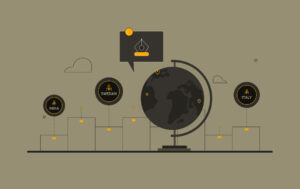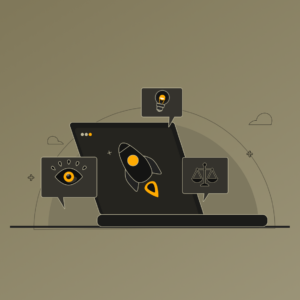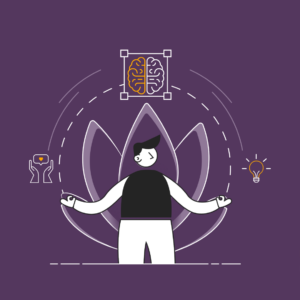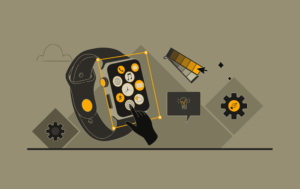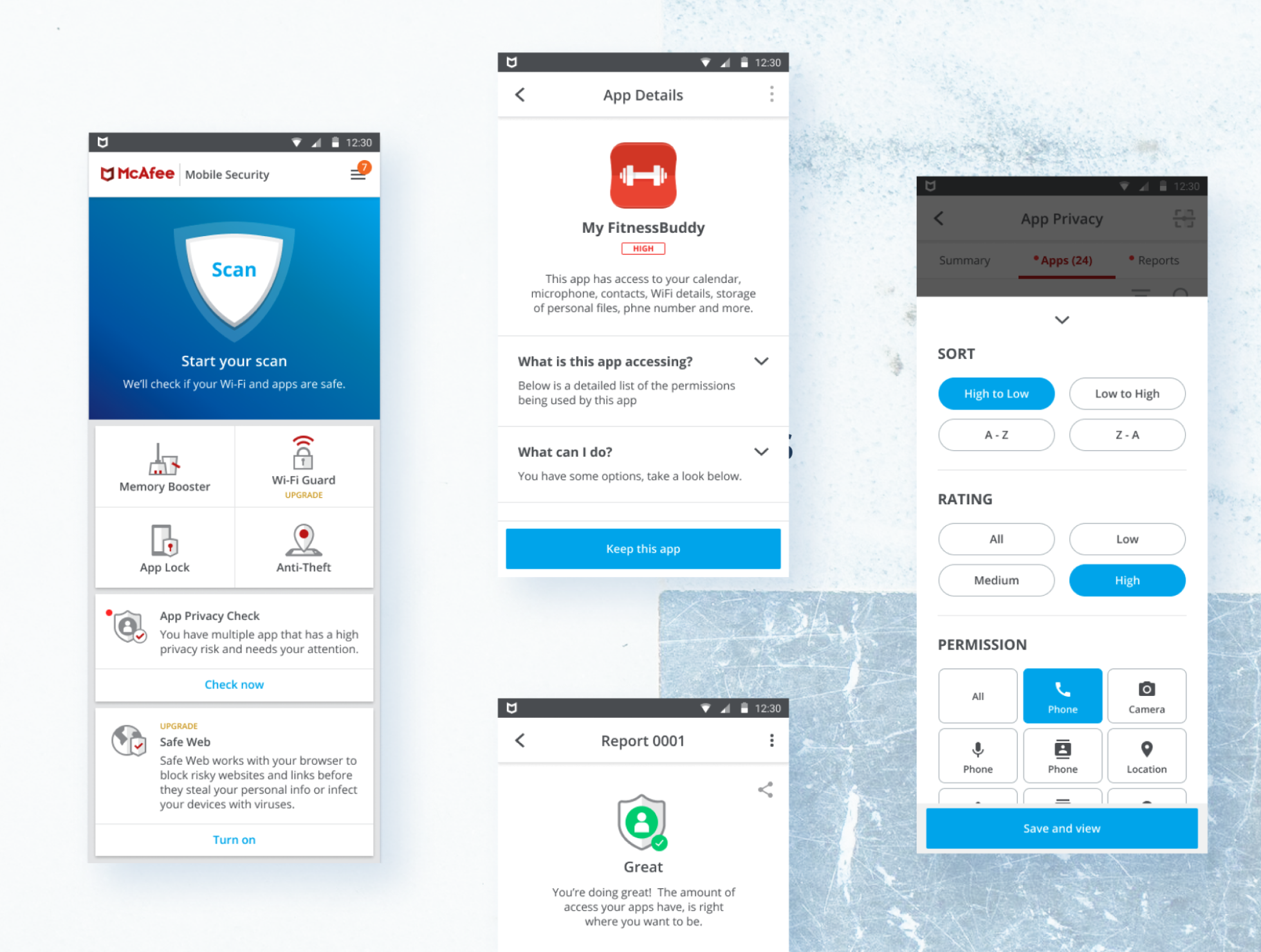In a world where design is increasingly cross-border and culturally fluid, leading with empathy, adaptability, and context becomes essential. In a recent episode of UX Banter, we had the privilege of speaking with Bega, a seasoned design leader with over 12 years of experience spanning Iceland, Italy, and Sweden, and currently serving as the Director of UX at TrusTrace.
Her journey across diverse geographies has shaped not only her design aesthetics but also her leadership philosophy—one rooted in curiosity, clarity, and culture-first thinking.
From Graphic Roots to UX Maturity
Bega’s story began in Iceland, where space and simplicity are second nature. Her formal training in graphic design took her to Milan, Italy, where she encountered design as a craft, artistic, hierarchical, and deeply connected to fashion and editorial traditions.
But something was missing: user connection.
That realization led her to Sweden and Hyper Island, an experimental school where real-world problem-solving, collaboration, and reflection were core to the learning experience. It was here that she transitioned from graphic design to UX—a shift that framed her design lens around problem-solving for real users.
Cultural Influence on Design Thinking
Design isn’t created in a vacuum. Culture, pace, and social interaction play pivotal roles. For Bega, living and working across vastly different cultures—India’s expressive social fabric, Sweden’s reserved pragmatism, and Italy’s creative heritage—offered deep insights into how design processes adapt to people.
- Sweden and Iceland: Minimalist, practical, and focused on efficiency. “What are we trying to achieve here?” is a guiding question in Scandinavian design work.
- Italy: A cultural deep-dive into aesthetics and emotion, but a more hierarchical structure in design workplaces.
- India: Dynamic, expressive, and socially rich, where building personal rapport is intrinsic to collaboration.
These contrasts taught Bega that good design is not only about solving problems but doing so with cultural intelligence.
Communication and Curiosity: The Core of Global Collaboration
One of the recurring themes in the discussion was the role of communication—not just tools, but expectations, nuances, and follow-ups. Working with remote teams across time zones and cultural contexts, clarity becomes the superpower.
Bega encourages over-communication, context sharing, and a bias toward asking better questions, especially in B2B product design where user problems are complex and the pace is fast.
She highlights curiosity as the top trait she encourages in her team: “Even if you think you know, ask again. Explore further. That’s how you stay aligned with the user and the problem.”
Simplicity vs. Creativity in Design
Is simplicity killing creativity?
Bega doesn’t see it that way. She sees beauty in functional design—tools that anticipate user needs and reduce cognitive load. Think: Google Maps telling you a destination might be closed before you get there.
For her, the aesthetics of efficiency, anticipation, and clarity are just as powerful as ornate visuals—especially in enterprise environments.
Final Thoughts for Emerging Designers
“It’s not great to be unhappy at work for 40 years. That’s not going to make good products—or you—happy either.”
Her advice to new designers is clear:
- Experiment early. Don’t settle into one role too soon.
- Discover what excites you—whether it’s sleek UI or solving messy B2B challenges.
- Design your path. Career choices should align with who you are, not just what looks good on a resume.
- Follow the link to enjoy the podcast Link


